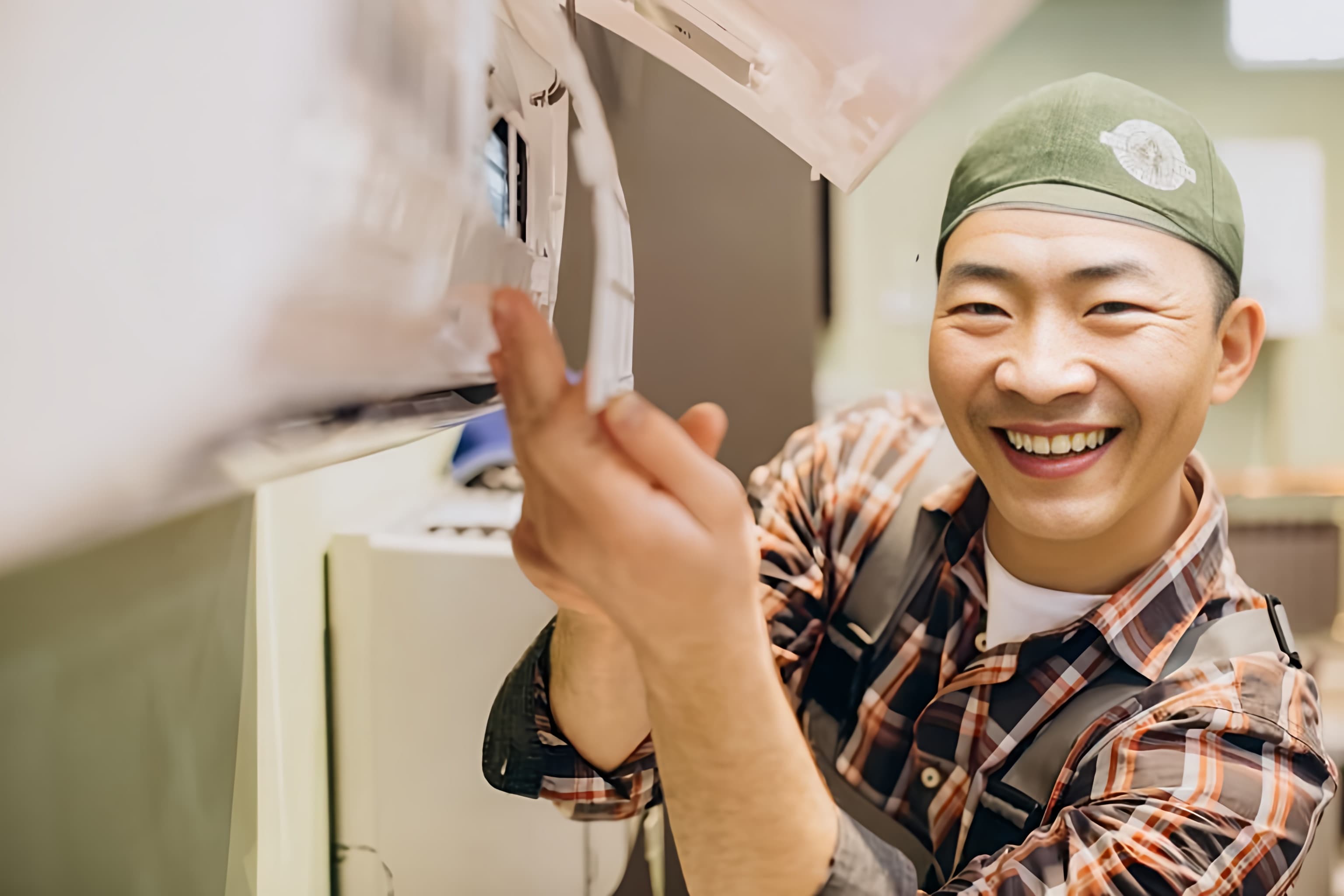
Aircon Gas Top-Up Singapore
Upto 20% off on first booking!
StringsSG Aircon Gas Top-Up Singapore
By StringsSG – Trusted Local Home Service Partner
BCA-Certified Aircon Technicians
Air conditioning systems require refrigerant gases like R22, R410A, or R32 to function effectively. Low gas levels cause poor cooling, compressor strain, and higher electricity bills. At StringsSG, our experienced and BCA-certified technicians use calibrated gauges to diagnose refrigerant issues accurately and perform top-ups in a safe, eco-friendly manner.
All gas refill services follow NEA-compliant safety protocols, ensuring both optimal cooling performance and environmental responsibility. We source our refrigerants only from licensed suppliers to guarantee authenticity and quality.
If you're on a maintenance package, refrigerant level checks are included in every visit. Refills are charged separately based on gas type and quantity, with transparent pricing displayed before service begins.
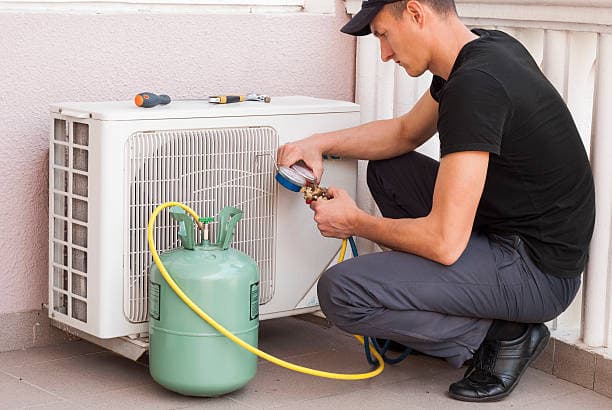
Gas Top-Up Pricing
Prices depend on gas type, volume required, and your aircon system. Here's a typical range in Singapore:
| Gas Type | Price (SGD) |
|---|---|
| R410A | SGD 60 – SGD 150 |
| R32 | SGD 100 – SGD 200 |
| R22 | SGD 40 – SGD 100 |
Signs Your Aircon Needs Gas Top-Up
- 🌬️Weak cooling – Air isn’t as cold as before.
- ⏱️Longer cycles – Takes longer to cool the room.
- 🔄Compressor never stops – Constant or irregular operation.
- ❄️Ice buildup – Frost on coils or copper pipes.
- 💨Hissing sounds – Could indicate a refrigerant leak.
- ⚡High electricity bills – Caused by poor cooling efficiency.
If you notice any of these signs, don’t delay. StringsSG’s certified technicians can inspect, diagnose, and safely refill your aircon gas. Learn more about gas leakage.
Why us?

Stephen Ng
Bedok, Singapore
At first, I was skeptical about using StringsSG, but then my friend recommended using the app. The aircon service booking on the app was super easy and instantl
Melissa Choo
Ang Mo Kio, Singapore
Last time I always tried to search for aircon service company in google and then WhatsApp for quotations. Sometimes, no response, sometimes I must wait for the
Richard Pink
Orchard, Singapore
Having moved to Singapore recently, it has been a pain to find services online. StringsSG is the first online portal I used to get my air conditioner serviced.
Nur Fatimah Roseleen
Sengkang, Singapore
I have always used StringsSG app for other services. I also got my personal trainer from the platform. The aircon service booking is also good and very fast. It
Naveen Reddy
Jurong West, Singapore
The app is good. If I don't like the auto-generated quotation, I don't need to proceed, but usually the pricing is very good. Maybe they can give some discounts
Clarissa Lim
Hougang, Singapore
Tried booking an aircon servicing through StringsSG after reading the reviews. Honestly, I was surprised at how seamless everything was. No need to call or What
Brands We Support
Types of A/C Refrigerant Gas
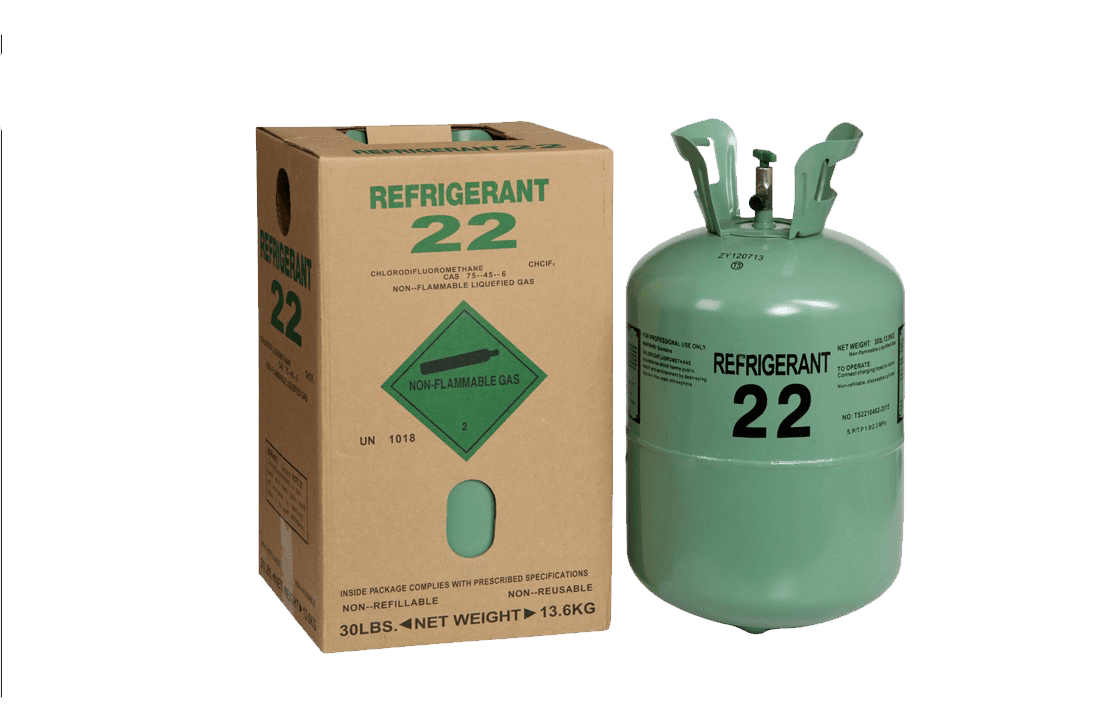
Performing an aircon chemical wash yourself can be complex and dangerous as it involves handling chemicals and electrical components. It's best to hire professionals with the proper tools and safety knowledge. If you still wish to proceed DIY, please be cautious and informed.
1. R-22 (Chlorodifluoromethane)
Once widely used, R-22 is being phased out globally due to ozone depletion issues under the Montreal Protocol.
2. R-410A (Puron)
R-410A replaced R-22 in many systems. It's more environmentally friendly as it doesn’t deplete the ozone layer.
3. R-134a (1,1,1,2-Tetrafluoroethane)
Used in automotive and commercial systems, R-134a has no ozone depletion effect but contributes to global warming.
4. R-407C
Designed to replace R-22 in existing systems, R-407C is ozone-safe but still contributes to global warming.
5. R-32 (Difluoromethane)
Common in newer residential units, R-32 offers lower global warming potential compared to many HFCs.
6. R-290 (Propane) and R-600a (Isobutane)
Eco-friendly hydrocarbon refrigerants with very low global warming impact, used in small-capacity systems.
Refrigerant use and availability are changing due to evolving regulations and environmental concerns. Stay updated with newer, safer alternatives.
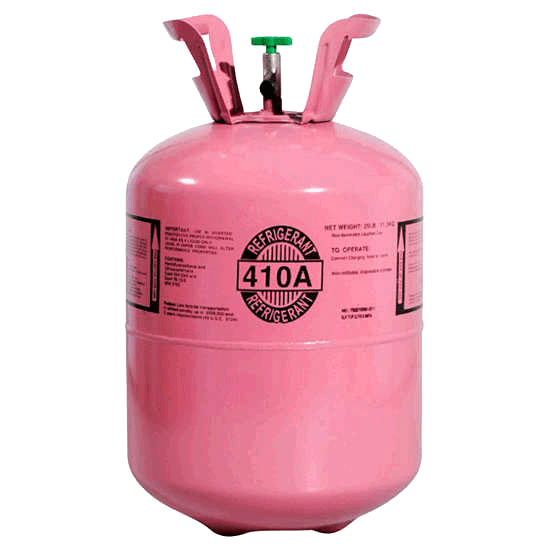
Should You Top Up Aircon Refrigerant Gas Yourself?
Topping up aircon refrigerant gas yourself is not recommended. It involves hazardous substances and requires certifications.
Mishandling refrigerants like R-410A or R-22 can cause health hazards and damage your unit. Only licensed HVAC technicians should handle them.
If your system isn't cooling well, seek help from certified professionals to ensure safety and efficiency.
Why is your air con leaking water and how to fix
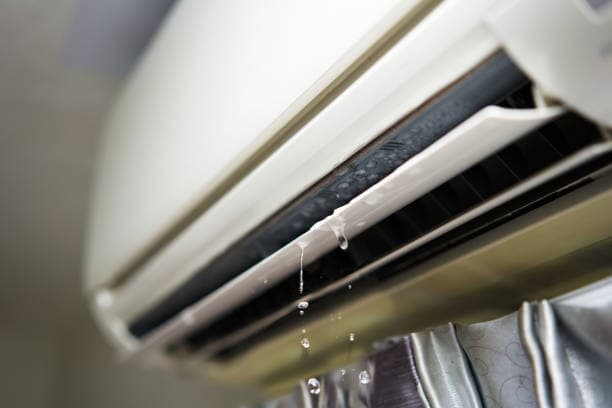
The indoor unit of your air con has a component called the evaporator coils which helps to cool the warm air. As warm air touches the condenser..
Repair Aircon Printed Circuit Board (PCB)
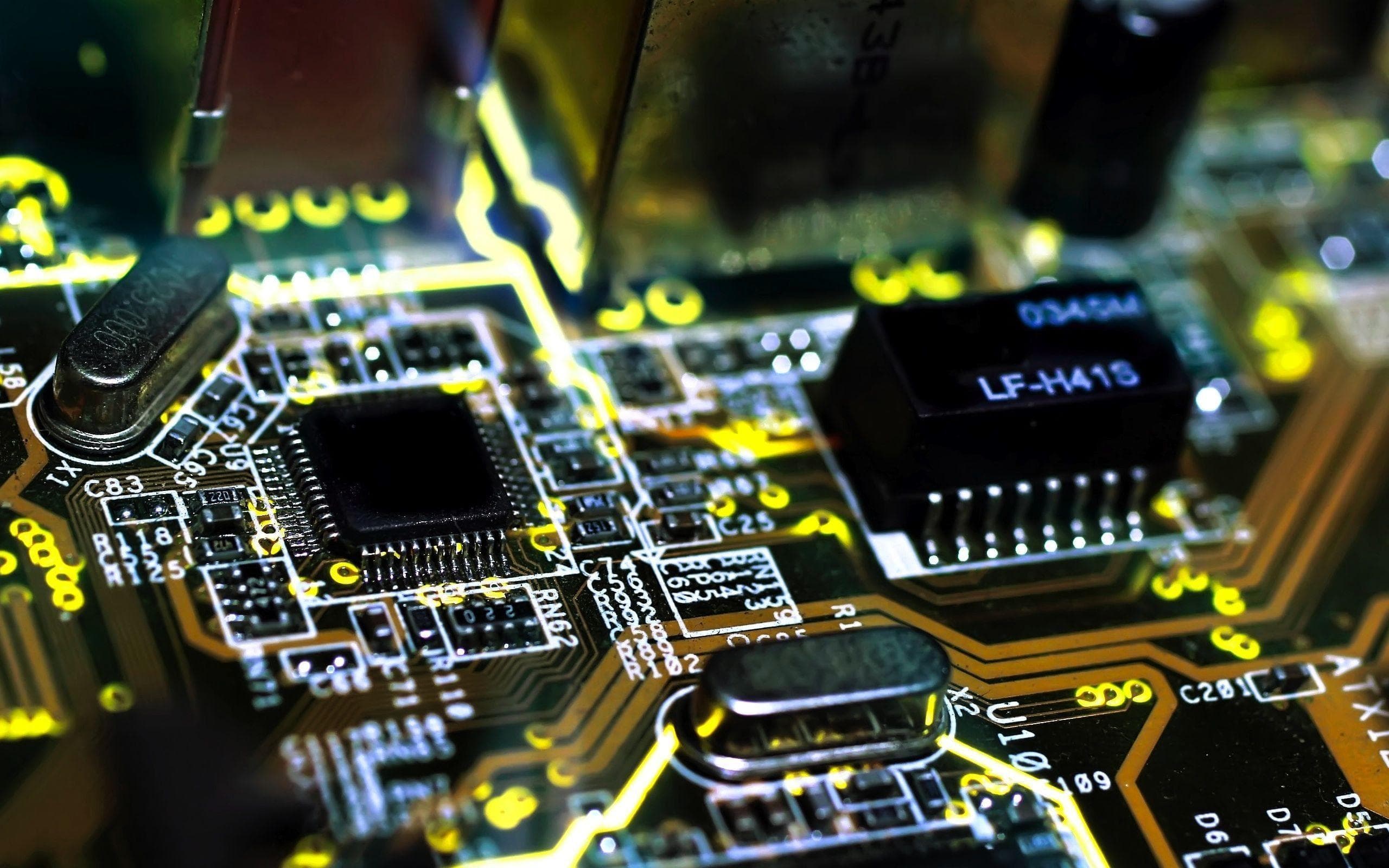
An aircon PCB (Printed Circuit Board) refers to the control or circuit board in an air conditioning unit that controls various functions of..
Aircon Thermistor Guide
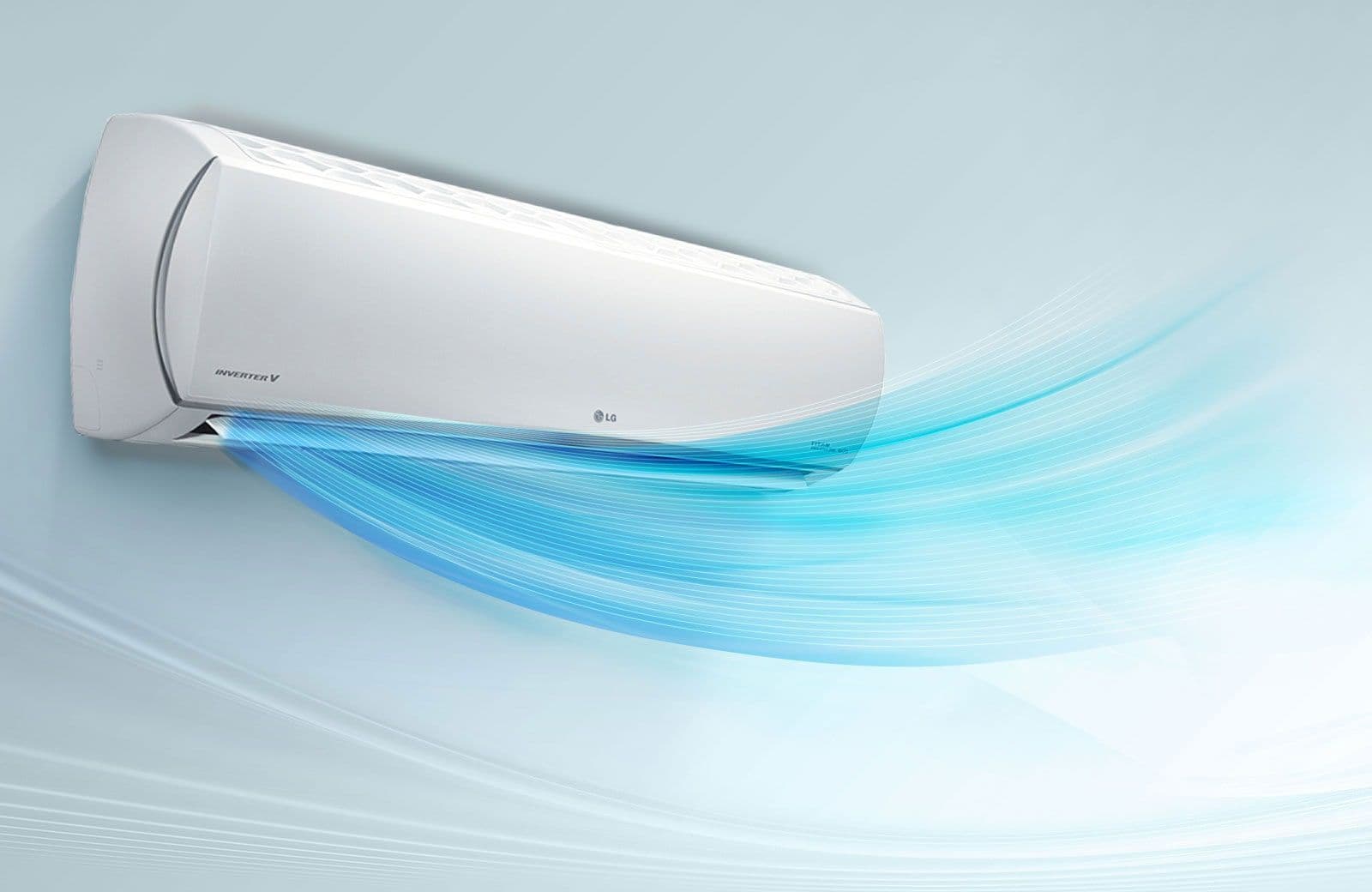
Aircon Thermistor replacement can cost anywhere between $120 to $250 based on several factors, such as the aircon brand/model, complexity of..
Aircon Condenser Cleaning & Repair
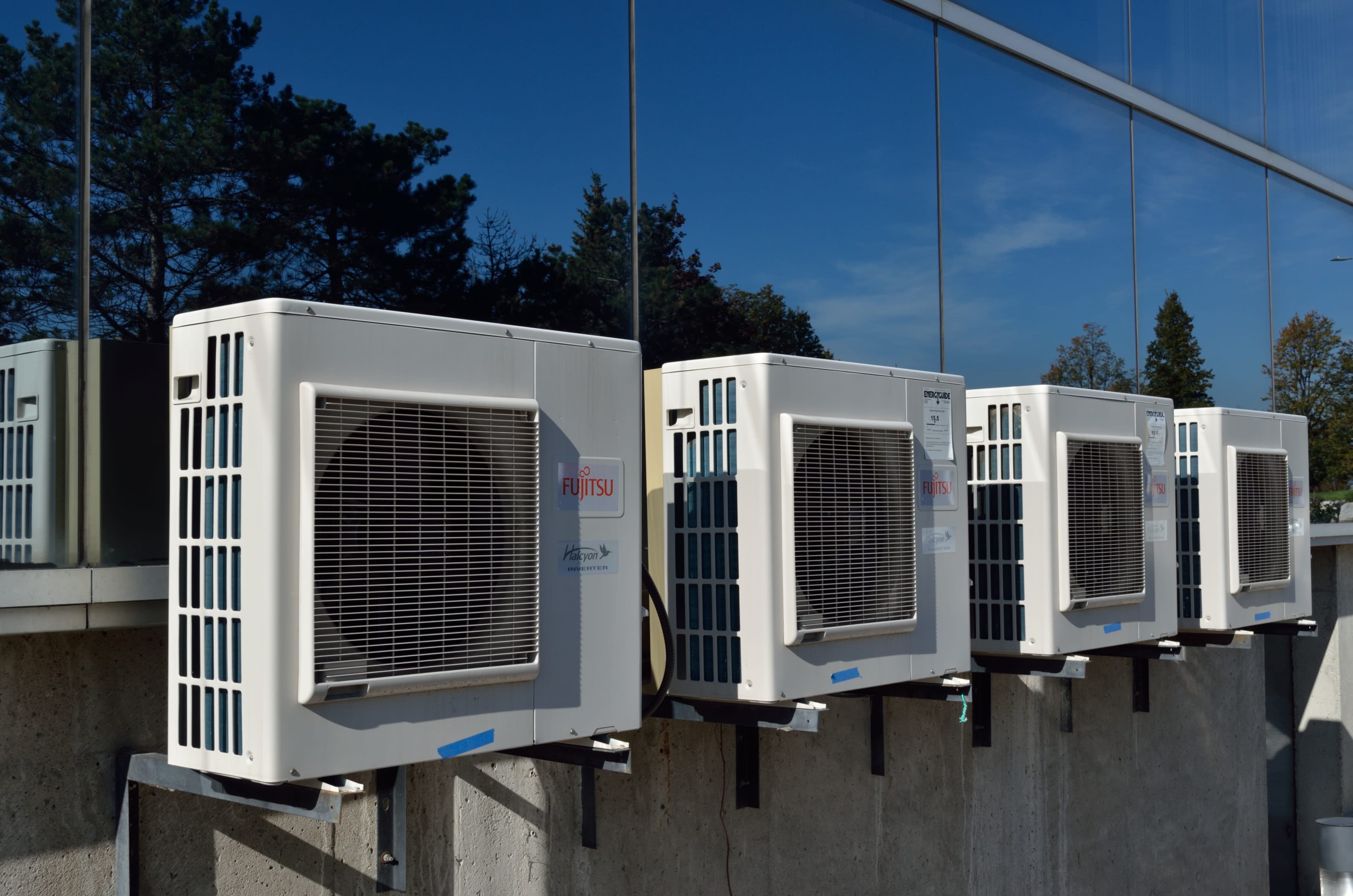
An aircon condenser (also known as an air conditioning condenser) is a vital component of an air conditioning system that helps to remove heat..
Complete Guide To Aircon Installation
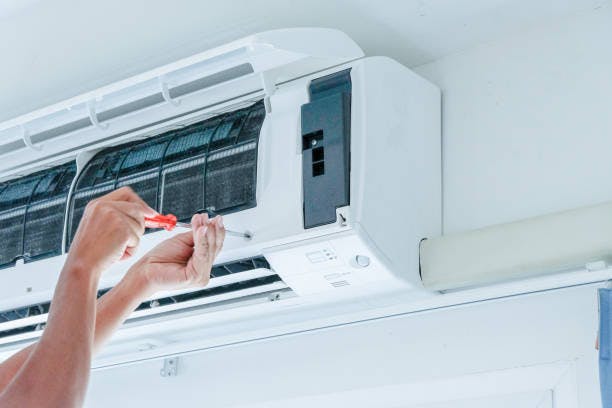
Moving in to a new house or just want to replace your Aircon? Everything you need to know about a new Aircon installation. Topic Highlights..
Fix Aircon Gas Leak | Leakage Indications & Repair Cost

Aircon refrigerant gas leakage is a common issue faced by air conditioning systems in Singapore. Learn more about the cause, indications..
Chemical Wash vs Chemical Overhaul
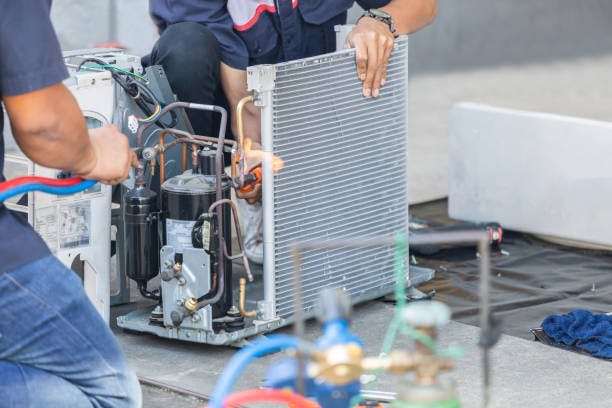
Often people get confused with these terms and what do they mean in terms of cleaning and expenses. The general purpose of a chemical wash..
Top 9 Reasons Why Your Air Conditioner Is Not Cooling
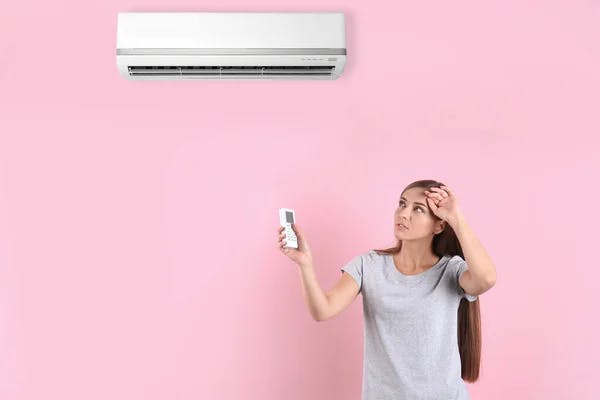
When your aircon is turned on but the air is not cold, it could mean many things like, the machine has run out of refrigerant gas..
Top 5 Reasons Why Your Air Conditioner Is Overheating
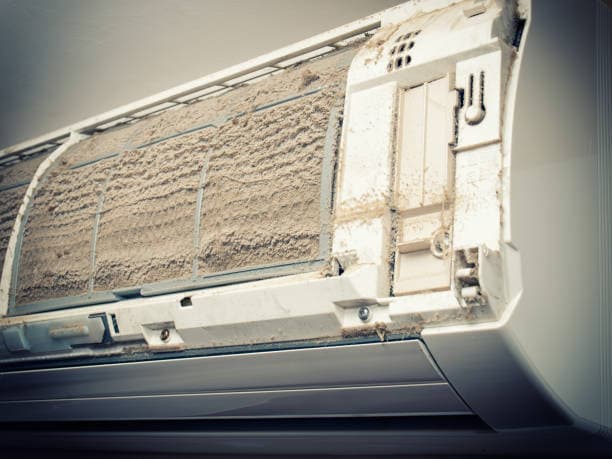
When your air con is working for long hours, it may overheat, which is the most common reason. Bad Or Dirty Air Filters- Air filter..







